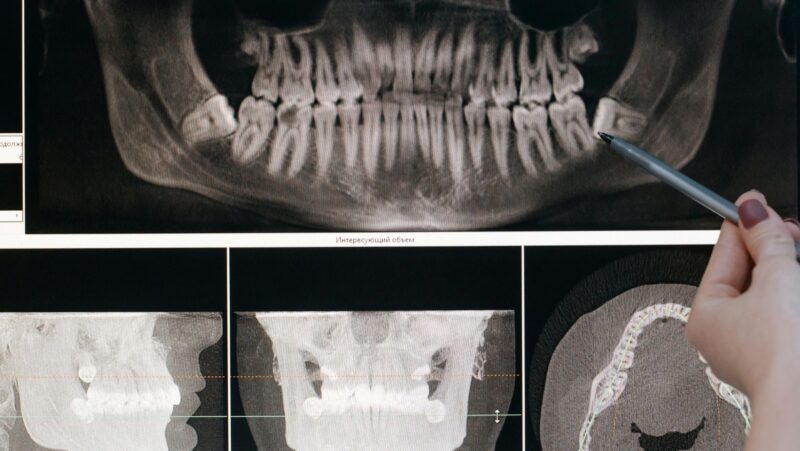
Known as the sneak thief of sight, glaucoma is a group of eye diseases that sneaks up on the sufferer and causes irreparable eye damage and irreversible blindness. It’s often called the sneak thief of sight because the damage is so gradual and the symptoms are unnoticeable until significant vision loss has occurred. The good news is that knowledge of these diseases can put you in a powerful position. Learn more about glaucoma below and discover what you can do to prevent it from taking your sight.
What Is Glaucoma?
According to the Intermountain Eye Center, Glaucoma is among the leading causes of blindness in the United States and is expected to be the leading cause of functional blindness by 2040. Glaucoma is the umbrella term for multiple diseases that typically cause increased pressure in the eye. Over time, this pressure can damage the optic nerve.
Initially, glaucoma results in blind spots in the peripheral areas of vision. Over time, it can start to affect the central vision. Four major types of glaucoma exist, as well as some less common ones:
- Open-angle glaucoma
- Angle-closure glaucoma, or closed-angle glaucoma
- Congenital glaucoma
- Secondary glaucoma
- Pigmentary glaucoma
- Exfoliative glaucoma
- Neovascular glaucoma
- Uveitic glaucoma
- Traumatic glaucoma
What Are the Symptoms of Glaucoma?
The most common type of glaucoma is open-angle glaucoma, or gradual onset glaucoma. This form of glaucoma often has no early symptoms, other than gradual vision loss, which can sometimes appear as tunnel vision.
However, you will likely experience symptoms with acute angle-closure glaucoma, or sudden onset glaucoma, which is a medical emergency. Seek immediate medical attention if you experience these symptoms:
- Severe eye pain
- Blurred vision
- Eye redness
- Halos or rings around lights in your vision
- Nausea or vomiting
How Do You Treat Glaucoma?
It’s only natural to feel stressed about glaucoma when you’ve received this diagnosis and know that it can affect your sight. The good news is that if it’s caught early enough, several treatment options exist to prevent vision loss.

Where laser treatments and eye drops aren’t sufficient, Minimally Invasive Glaucoma Surgery (MIGS) can be considered. MIGS is a group of operations that involve the use of microscopic-sized equipment and small incisions to drain fluid from the eye and lower pressure.
Can You Prevent Glaucoma?
You can’t prevent glaucoma, but you may be able to prevent vision loss. As glaucoma often has no early symptoms, it’s essential to make routine eye health appointments so it can be spotted early for treatment. If there is a family history of glaucoma or you have an eye condition that increases your risk, more frequent screenings can also be recommended. If you are in the area, a Costa Mesa eye specialist can coordinate exams and management, monitor eye pressure, update prescriptions, and co-manage referrals when needed.
There are also lifestyle changes you can make to care for your optic nerve, such as a healthy diet rich in antioxidants and Omega-3 fatty acids, as well as staying active and wearing eye protection in hazardous activities.
Awareness of what glaucoma is and how to treat it can put you in a powerful position to avoid vision loss. Start prioritizing regular eye health assessments today.












